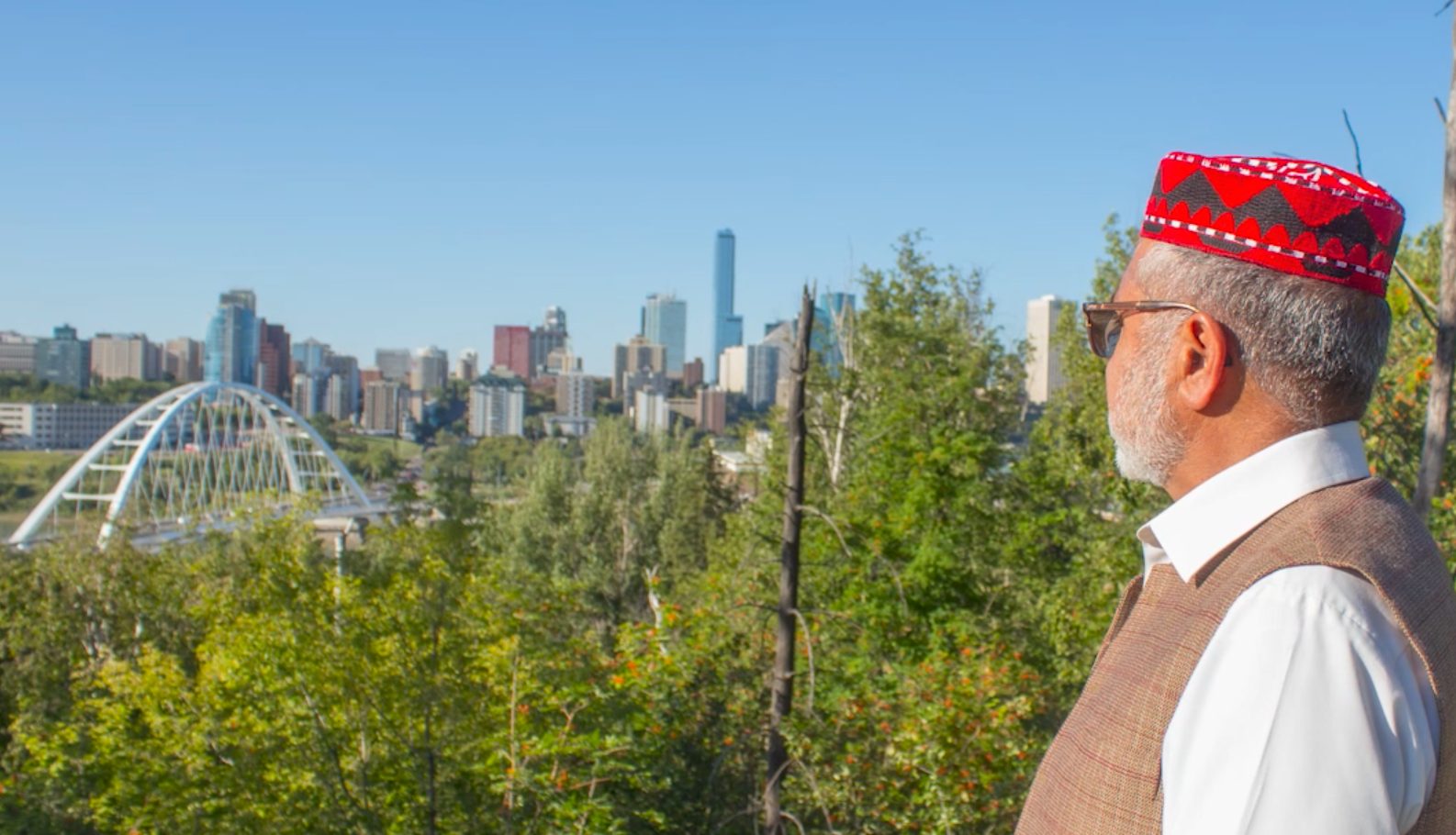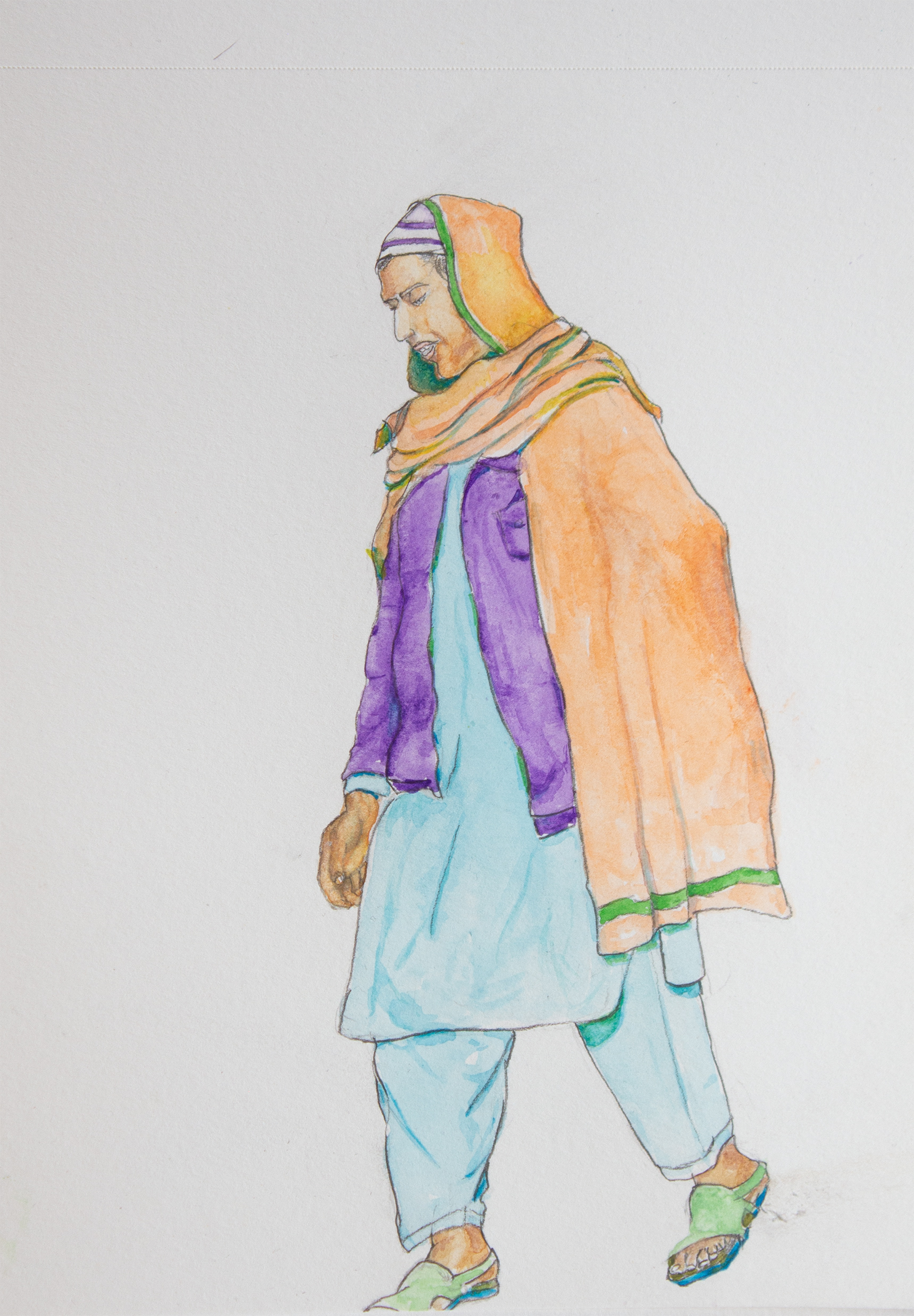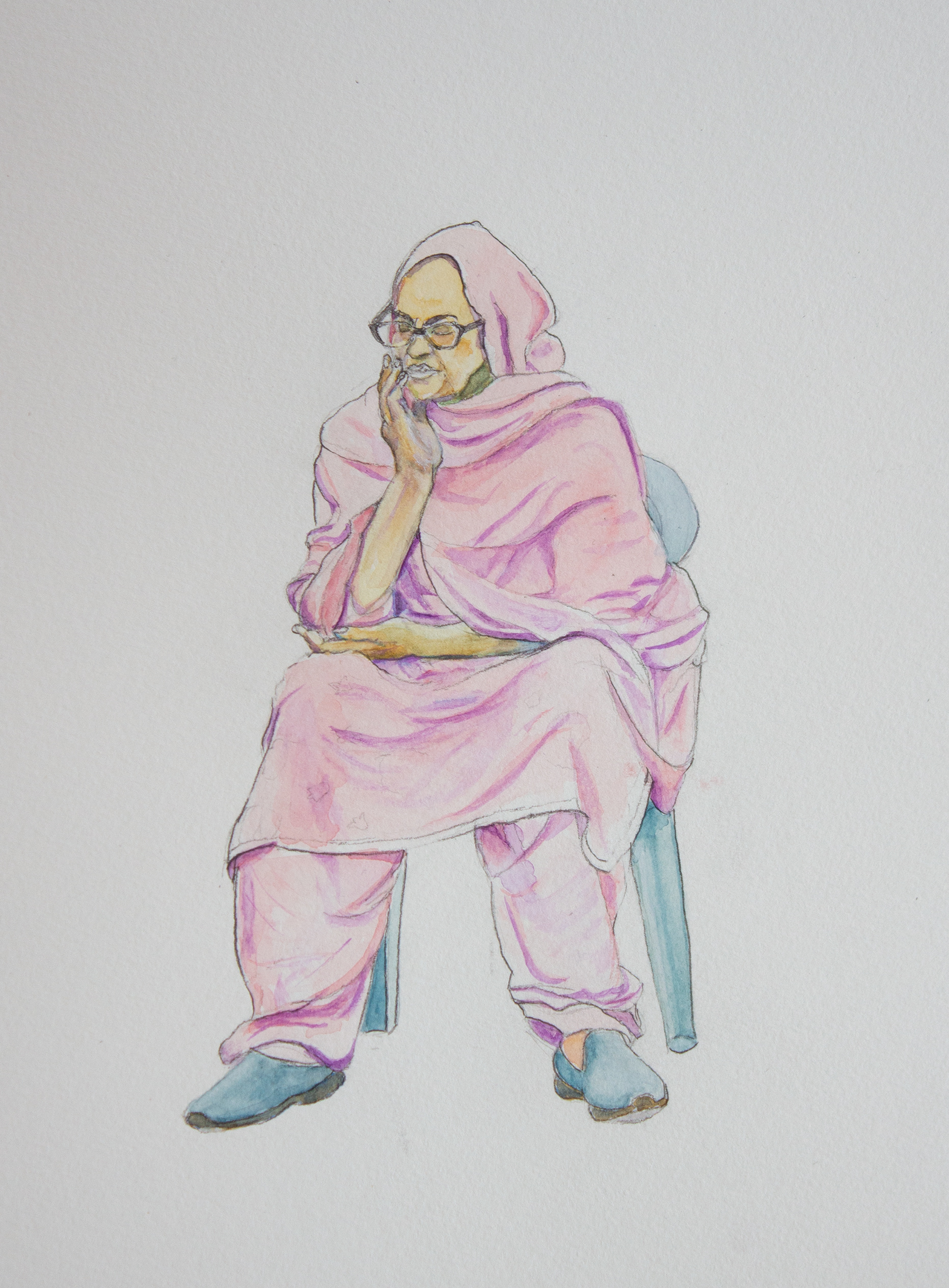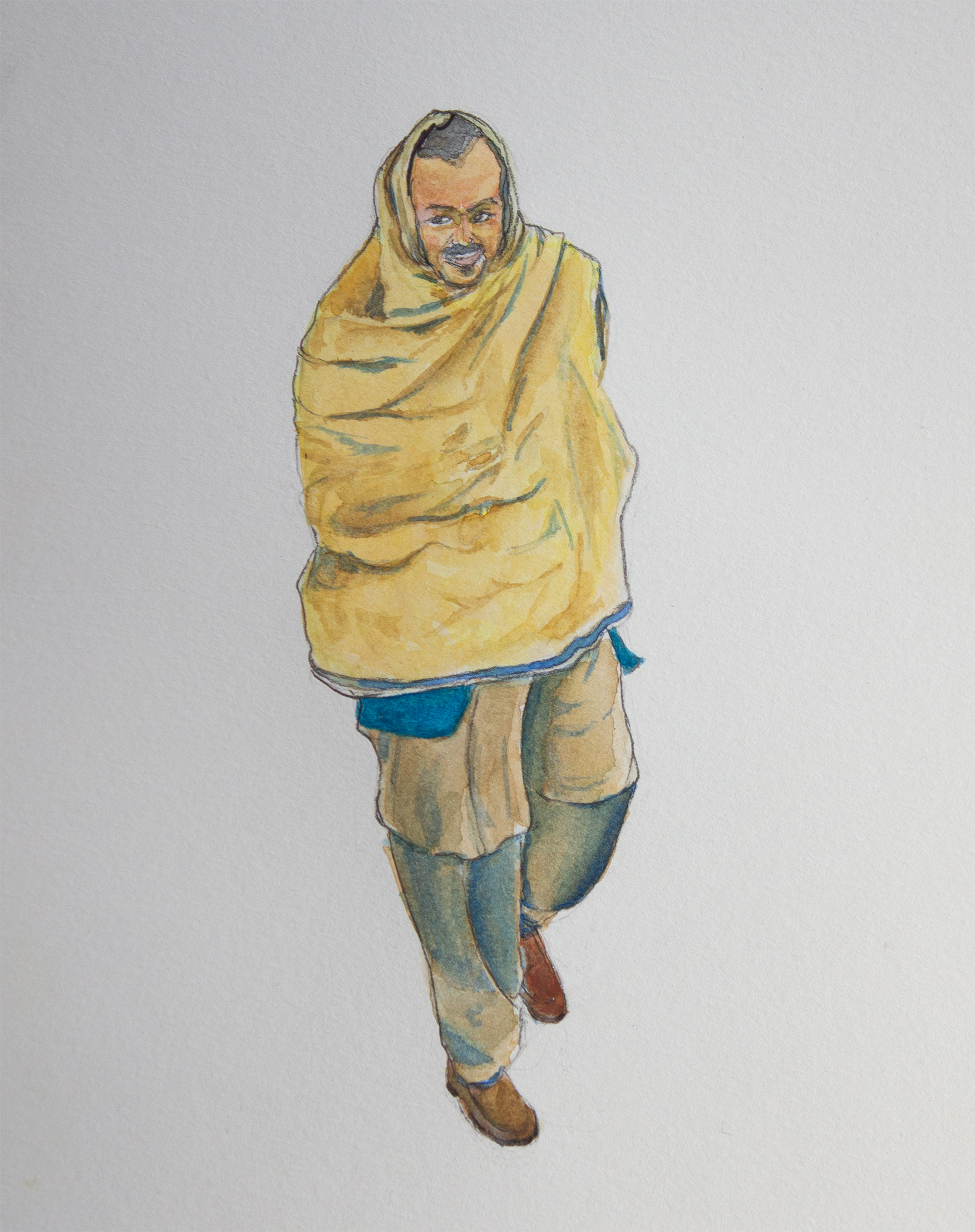Pashtun people represent a small, yet vibrant segment of the Canadian cultural mosaic. Prior to 1978, there were approximately 1,000 people who identified as Pashtun in Canada. However, this radically changed after the 1978 coup led by the People’s Democratic Party of Afghanistan. Due to the subsequent Soviet invasion and occupation of the country, as well as continuous war over the last four decades, the Pashtun immigrant and refugee population (particularly from Afghanistan) has grown significantly in Canada.[1] While Pashtun migration from Afghanistan is largely marked by civil unrest and conflicts, the majority of Pashtuns from Pakistan have generally come to Canada as economic immigrants.
Pashtuns are an Indo-Iranian ethnic group living mainly in southwestern Afghanistan and northwestern Pakistan. Most Pashtuns identify as such because they speak the language Pashto and have a strong sense of tribal kinship. Due to British presence in the subcontinent’s northwestern regions during the nineteenth century, Pashtuns have remained divided between those who reside in Afghanistan and those who live across the border in what is now Pakistan, long after the colonial power was pushed out.[2]
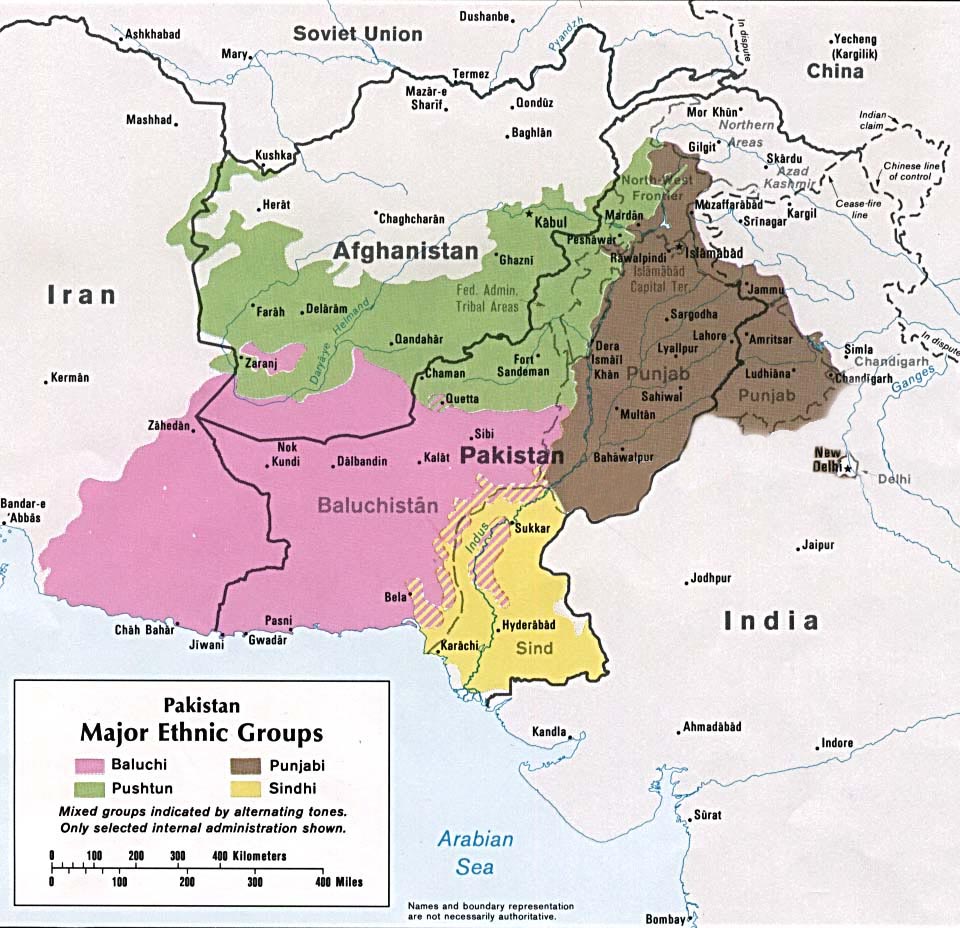
Image courtesy of Wikimedia Commons, accessed at https://commons.wikimedia.org/wiki/File:Major_ethnic_groups_of_Pakistan_in_1980_borders_removed.jpg.
Since the early 19th-century, Pashtun lands have been exploited and used as a buffer zone between Czarist-Russia and the British colonial empire. In recent history, the Soviet invasion of Afghanistan in 1979 spurred Cold War skirmishes in the region, which were supported by the United States and its allies. After 9/11, war revisited Afghanistan and Khyber Pakhtunkhwa as the result of the conflict between the Taliban and the US-led forces. Both wars were horrendous for the people of this region, as they were made to pay the heavy price of foreign interventions. This continues to take a toll on the region and its Pashtun population.
After nearly 40 years of war and destruction, Pashtuns in the region are finally seeing some hope. In response to the strong desire among Pashtuns for stability and a chance for a dignified life, a group of young activists started an anti-war, non-violent movement called PTM (Pashtun Tahafuz [Protection] Movement) in 2017. Very quickly, the movement attracted the support of young Pashtuns, particularly the generation who has had to grow up under the shadow of the “War on Terror.” The PTM has not only challenged the narrative of war justification and Jihad but has also questioned the false colonial construct of Pashtuns as genetically inclined to violence and extremism.
Pashtuns also have a large diaspora community in India, the Gulf region, Central Asia, and more recently, countries like Great Britain and the United States. According to the 2016 Canadian census, there are approximately 625 people in the city of Edmonton who identify Pashto as their first language.[3] Though small in size, the Pashtun community of Edmonton are active in the social, cultural, and political activities of the city. They participate and showcase Pashtun culture in the Edmonton Heritage Festival regularly. In addition to the community focused Alberta Pashtoon Association (Apna), which was incorporated in 2017, there are many informal groups in the community that help newcomers settle in the city, organize fundraising campaigns for victims of natural disasters in Pakistan, provide mentorship, arrange family picnics, and musical events. Community members have also actively participated in regional politics.[4]
I immigrated to Canada as a professional in 2001. Initially trained as a civil engineer in Pakistan, I came to Canada on my own with the hope of becoming an artist. There were limited options for studying art in Pakistan, especially for a Pashtun from Khyber Pakhtunkhwa Province where there were no art schools. I was accepted to Ontario College of Art and Design (OCAD) University where I obtained an Integrated Media diploma in 2005. Though I understood and spoke English, the transition was not without its unique challenges and opportunities. I felt especially disconnected during my first year of studies. I didn’t have an understanding of the Canadian culture, specifically references to people and places that would come up quite frequently during class discussions. I missed speaking my native language and had an illogical fear of forgetting how to speak Pashto properly. When I would be alone, I would sometime practice speaking Pashto in front of the mirror to observe my facial expressions and hear familiar sounds. Living in Pakistan, I never questioned my Pashtun identity — it was a given for me. In Canada, I encountered stereotypes regarding Pashtun people not only in the news and the general public, but also from the South Asian community. As soon as they would learn about my Pashtun origins, comments like “Pashtuns are the most fearless people,” “Pashtuns are fighters,” etc. were common to hear. I tried to challenge these notions by making artwork that deals with these colonial constructs of Pashtun identity.
Many Pashtuns from Pakistan, like my friend Mohammad Karim, came to Canada during late 1990s to pursue a better life. I met Karim on the first day of my arrival in Canada. I was staying with a friend in Waterloo, Ontario, where Karim happened to be his roommate. I was struck by his sincerity and generosity, and we became friends in no time. We kept in contact until he moved to Alberta. We reconnected again upon my move to Edmonton, sixteen years after our initial meeting.
His name is Muhammad Karim, but to his family, friends, and colleagues he is just Karim. Karim is an ethnic Pashtun and belongs to the Swat region in Khyber Pakhtunkhwa province, which is located in the Northwestern part of Pakistan. The Swat Valley is famous for its snow peaked mountain ranges and lush green valleys. Canadians may associate the region of Swat with Nobel prize winner Malala Yousafzai who also hails from the region, while for others, it might evoke memories of the 2009 takeover of the Taliban which made international headlines.
Karim moved to Edmonton from Waterloo, Ontario, in 2003. Before moving, he had researched and noted down the addresses of all of the mosques in the city. There were six mosques in Edmonton at that time, and neither his wife nor he knew a single soul in Alberta. They felt pretty isolated, especially his wife and kids. It was a difficult time. During their time living in Waterloo where Karim was studying, they had built quite a network of friends and a support circle. Like every immigrant family, it was initially a struggle to adjust to his newly adopted country. However, he soon found people in the community to connect with and life acquired its own enjoyable rhythm.
Prior to finishing his masters, Karim had three job offers, and one of them was from Edmonton. Against his professors’ and friends’ advice, he took a chance and accepted the job offer from Edmonton — out of the desire to discover and know more about his new country. “Now that I had some experience under my belt of living in Canada, I was better prepared to live in a new city and besides, I had a plan,” Karim told me smiling. Each day, usually after work, he would visit a new mosque with the hopes that he would see a familiar face. His daily mosque visits continued for almost two months. Finally, one evening when he was about to leave the mosque, a man approached him, introduced himself, and they started chatting in English. Soon they switched to Urdu, the national language of Pakistan, after they realized that they share the same birth country.
As soon as Karim told him that he is a Pashtun, the man yelled in excitement in Pashto, “aren’t you Karim from Swat?” It was an exciting moment for Karim, “especially since I started doubting the effectiveness of my plan after so many futile attempts” he said smiling again. Not only was the man from Pakistan, but he also spoke Karim’s first language, Pashto. It turns out that they had both attended the Engineering University in Peshawar, Pakistan, for their undergraduate degrees. He gave Karim names and contact information of other Pashtun friends living and working in Edmonton. “The rest is history,” said Karim, “now we have a very rich social life that not only includes people from our region, but also from other cultures and local Edmontonians.”
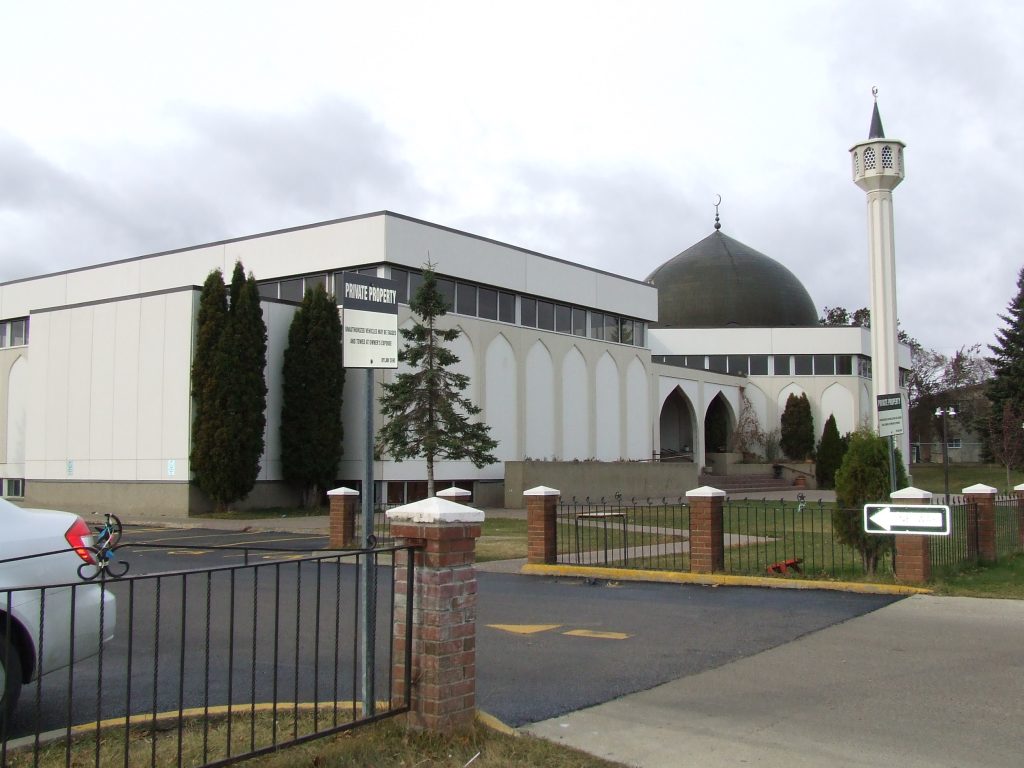
The 2006 economic boom in Alberta resulted in more Pakistani families shifting to Edmonton, which in turn attracts more Pakistani immigrants to move to Alberta. Karim himself helped 4 or 5 families to settle in Edmonton because they found his reference through his relatives, friends, and acquaintances, just as he had found his friend in Waterloo two decades earlier.
“Edmonton is home now and we are quite happy here. My kids have grown-up and gone to school here. They feel equally at home when we visit Swat. My wife and I have made sure that they know the Pashtun culture and language, so that they are exposed to the beauty of their ancestors’ culture,” Karim said.
He visited Pakistan almost every year between 2005 and 2009, and witnessed the slow rise of the Taliban in the region. There was a common impression among the locals that the Pakistan army and specially its notorious secret service Inter-Services Intelligence (ISI) was the cause of this sudden and unexpected rise of Taliban, in an otherwise historically peaceful region of Swat. Karim heard numerous accounts of locals being shot dead during the curfew period by the army. A few of his childhood friends also became victim of this senseless violence. It was a dark time.
“I came here for this interview wearing my Pashtun Tahafuz Movement hat to support the struggle and hope for a peaceful world, free of wars, atrocities and injustices,” Karim told me before he took his leave.
Riaz Mehmood © 2020
[1] Nader, Zahra and Hamayon Rastgar. “Afghan Canadians,” Canadian Encylopedia. https://www.thecanadianencyclopedia.ca/en/article/afghan-canadians (accessed 25 August 2020).
[2] Leake, Elisabeth. The Defiant Border: The Afghan-Pakistan Borderlands in the Era of Decolonization, 1936–1965. Cambridge: Cambridge University Press, 2016.
[3] For more on the 2016 Canadian Census, click here.
[4] Telephone conversation with Shahid Ullah Khan, an active member of local Pashtun community.

